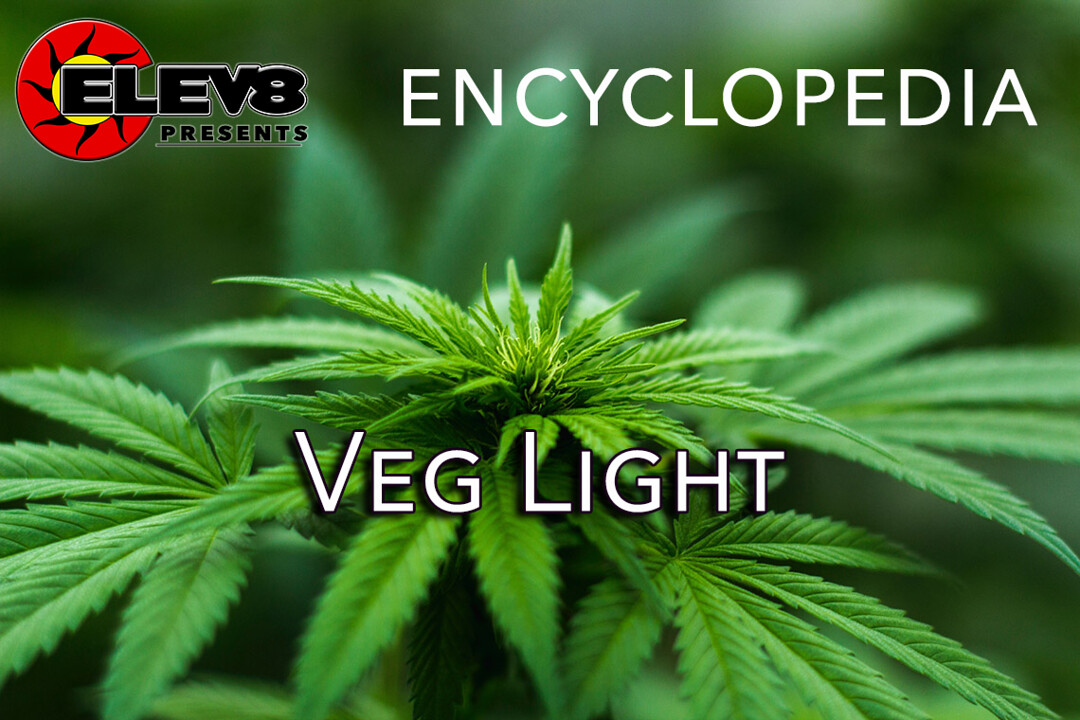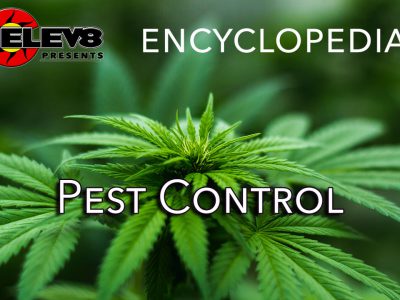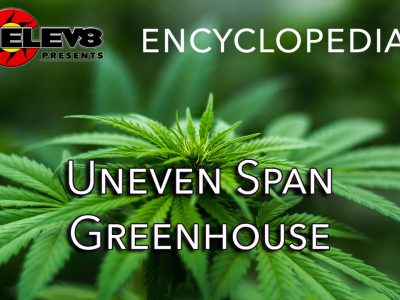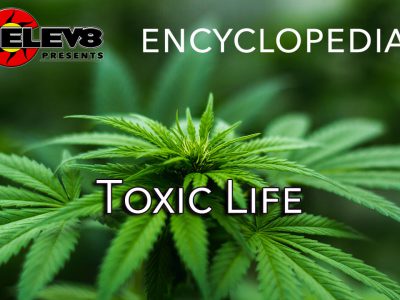What does Veg Light mean?
A veg light is an artificial grow light that is designed specifically for the vegetative stage of plant growth, as opposed to the fruiting or flowering stages of growth. There are many options on the market that feature different technologies, capabilities, light output, and other factors. Hence, there is a lot of debate among growers as to what is the optimal type of veg light is out there.
High intensity discharge (HID) lighting is where most growers start for the veg stage of indoor horticulture. This includes metal-halide and high-pressure sodium bulbs. More and more growers are also seeing good results from LED grow lights, double-ended systems, and sulfur plasma and induction lighting systems.
It is generally thought that in the seedling stage, all that is required is a T5 florescent, which the grower then swaps out for a more suitable veg light – one that is more powerful.
It is important to note that plants require a very specific lighting spectrum, known as PAR, and that not just any household light bulb will be effective for growing plants indoors.
More Info On Veg Light
Plants experience many different stages of growth throughout the lifespan. During these periods, their needs in terms of nutrients and minerals, water, and even light change. A veg light is designed specifically for the vegetative growth stage of plants, prior to fruiting or flowering. It provides light of a particular intensity, and should be activated for specific amounts of time each day. Once a plant enters the bloom stage, its lighting needs will further change.
The vegetative stage of plant growth begins after a seed has sprouted and developed its first mature leaves. This is the time when it will form most of the root mass that will support it and uptake water and nutrients. This is also the time when the plant will experience the most pronounced growth and development overall.
The specific duration and light intensity needed from a veg light will vary depending on the type of plant or plants you’re growing, whether there is any supplemental light provided, and other factors. However, most plants will require somewhere around 18 hours of light, and 6 hours of darkness. To achieve this, the veg light system should be attached to a programmable timer. Otherwise, it will need to be turned on and off manually.
You have many options when it comes to choosing a veg light, including high intensity discharge (HID) bulbs, metal halide bulbs, high-pressure sodium bulbs, T5 fluorescents, and many others. Each comes with its own cost and operating conditions, so you’ll need to compare your options and choose the setup that works best for your budget and your needs







